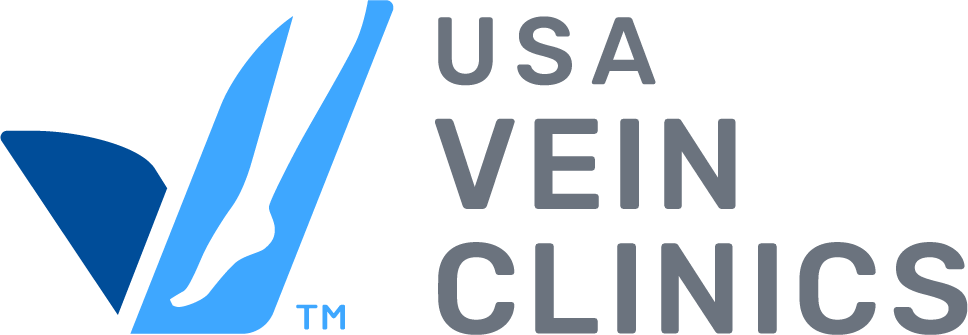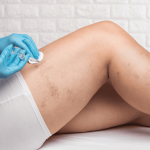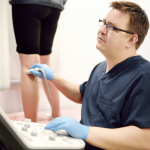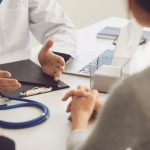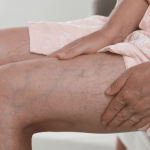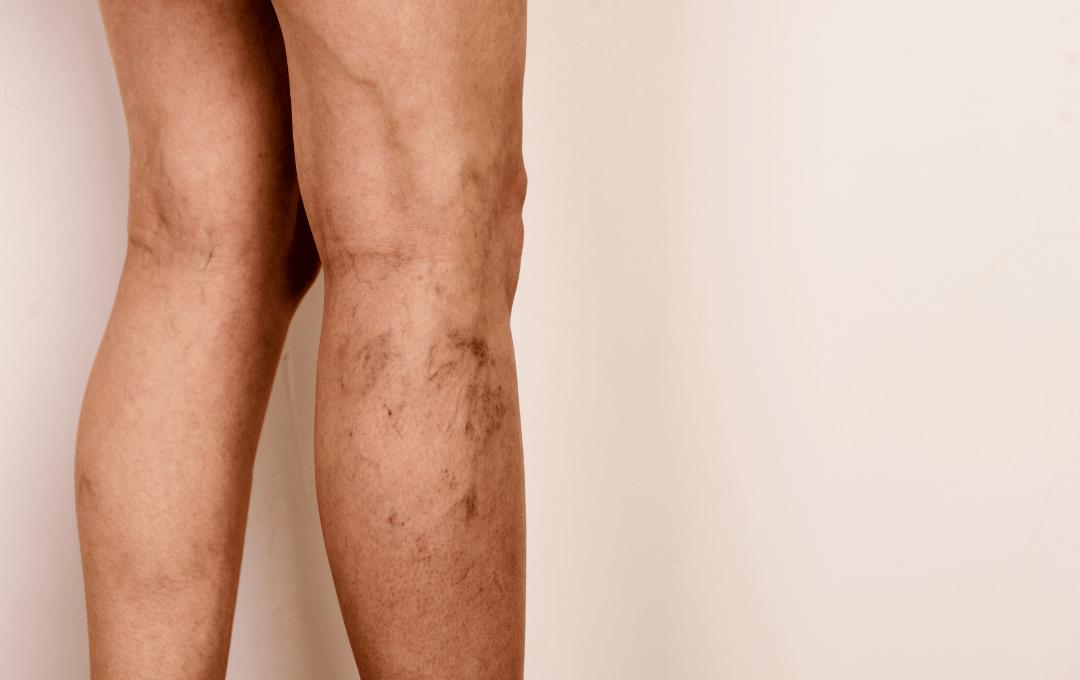
Varicose veins are enlarged, twisted veins that often appear on the legs and feet. They’re not just a cosmetic concern—they can also signal an underlying condition called chronic venous insufficiency (CVI). If you’ve ever wondered “Why do you get varicose veins?”, the answer lies in how your veins function and the factors that put extra strain on them.
How Healthy Veins Work
Veins are responsible for carrying blood back to your heart. To do this, they rely on small one-way valves that prevent blood from flowing backward. When these valves weaken or become damaged, blood begins to pool in the veins instead of moving upward. This causes the veins to enlarge, bulge, and twist—leading to varicose veins.
Varicose veins are more than just a cosmetic concern — if left untreated, they can lead to serious complications. One of the most common is chronic venous insufficiency (CVI), a condition where damaged vein valves make it harder for blood to return to the heart, causing swelling, heaviness, and skin changes.
Causes of Varicose Veins
Several factors can increase your risk of developing varicose veins:
1. Genetics and Family History
If your parents or grandparents had varicose veins, you’re more likely to develop them too. Weak vein walls and faulty valves often run in families.
2. Age
As you get older, veins lose elasticity and valves may stop working as effectively. This natural wear and tear makes varicose veins more common with age.
3. Gender
Women are more likely than men to develop varicose veins due to hormonal changes from pregnancy, menopause, or birth control, which can relax vein walls.
4. Pregnancy
During pregnancy, blood volume increases, which puts added pressure on the veins in your legs. Hormonal changes can also weaken vein walls, making varicose veins common in expectant mothers.
5. Obesity
Excess weight puts extra pressure on your veins, making it harder for blood to flow properly.
6. Prolonged Sitting or Standing
Jobs or lifestyles that involve standing or sitting for long periods can make it harder for blood to move against gravity, contributing to vein damage.
7. Lack of Exercise
Physical inactivity means your leg muscles aren’t helping pump blood back toward the heart, increasing your risk for circulation issues.
Symptoms of Varicose Veins
Varicose veins may cause more than just visible bulging veins. Common symptoms include:
-
Aching, heavy, or tired legs
-
Swelling in the ankles or calves
-
Burning, itching, or throbbing pain
-
Nighttime leg cramps
-
Skin discoloration or ulcers (in advanced cases)
Can You Prevent Varicose Veins?
While you can’t always prevent varicose veins—especially if genetics play a role—you can lower your risk with healthy habits like, staying active with regular exercise, maintaining a healthy weight, elevating your legs when resting, avoiding sitting and standing for long periods wearing compression stockings if recommended by your doctor.
Consulting with a vein specialist can help you not only manage your varicose veins, but also find a path towards treating them.
Effective Treatments for Varicose Veins
If you already have varicose veins, lifestyle changes may help manage symptoms, but they won’t eliminate the condition. The good news is that modern treatments are safe, effective, and minimally invasive. At USA Vein Clinics, we offer outpatient procedures such as:
These treatments take less than an hour, require little to no downtime, and directly target the root cause of vein disease.
The Bottom Line
So, why do you get varicose veins? The answer often comes down to weak or damaged valves in your veins, influenced by genetics, lifestyle, and other risk factors. While you can’t always prevent them, you don’t have to live with the discomfort.
Contact USA Vein Clinics today to schedule a consultation and explore personalized treatment options for varicose veins.
